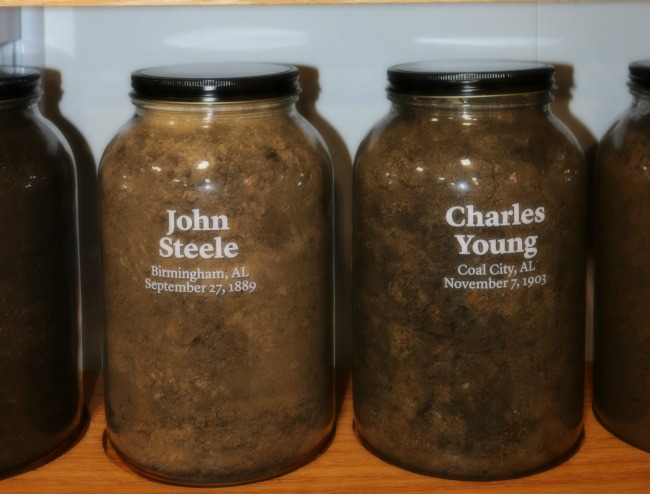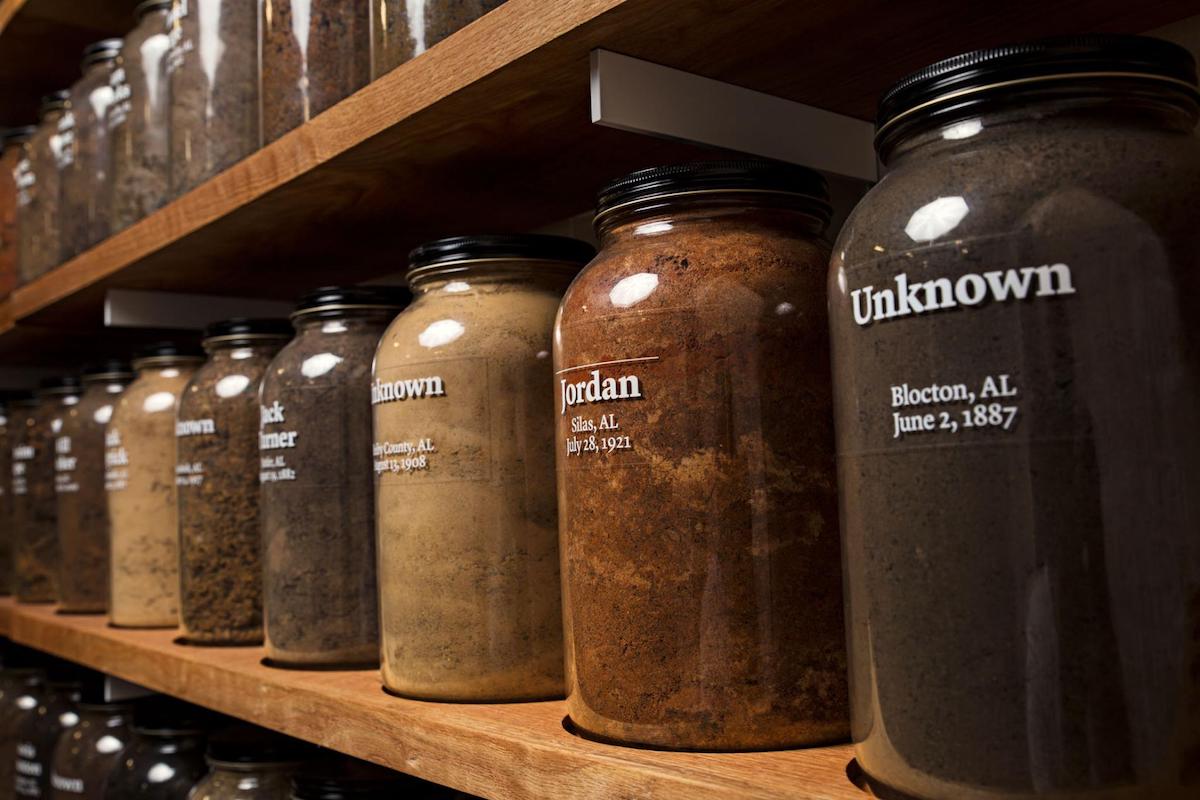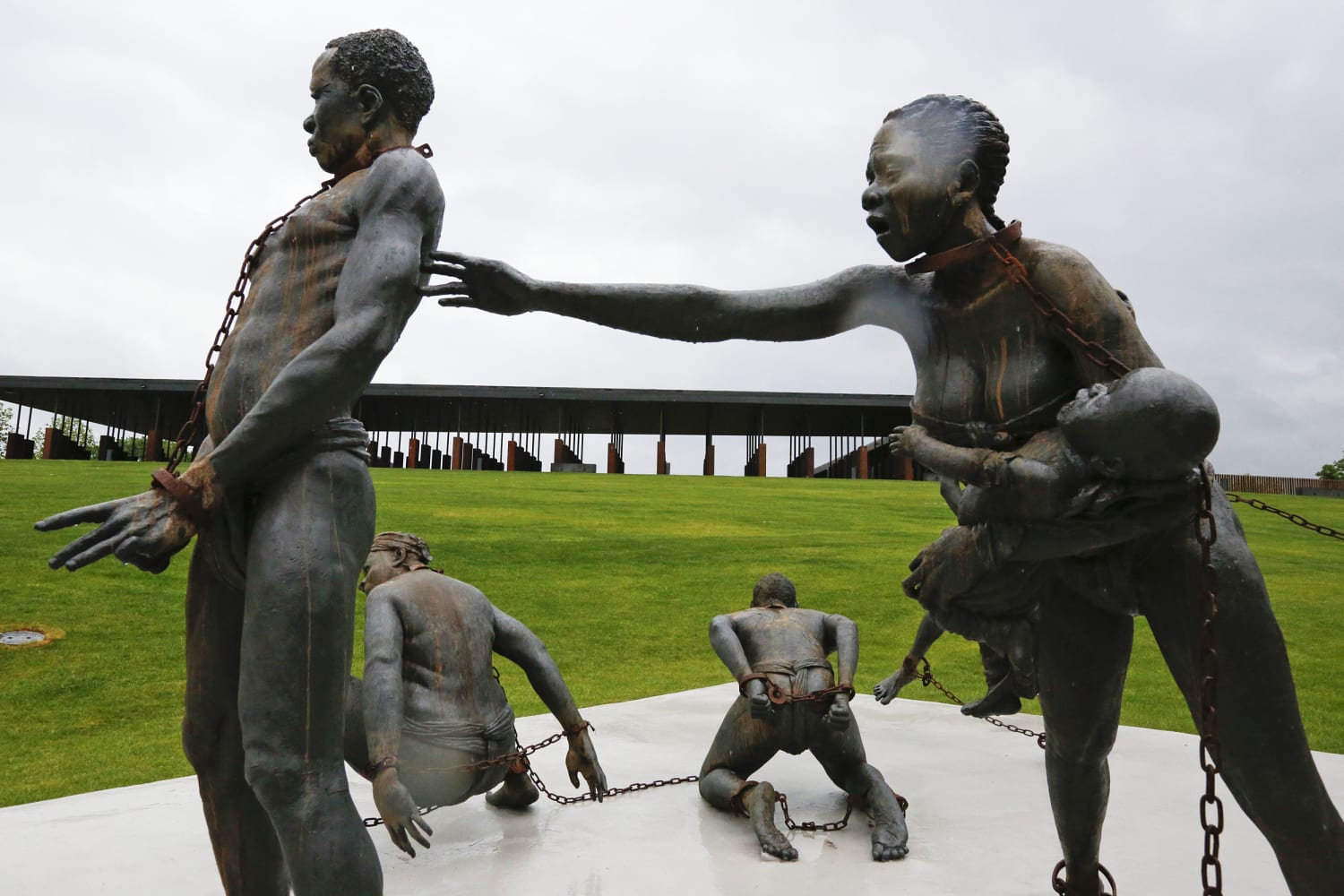Chattel slavery, despite campaigns against it by some well-meaning people, continued, making gains for slave owners and administrators till the 1860s when the practice ended.
Because of its brutal nature compelling enslaved workers to attend to duties even while ill or generally weak, many people died while other Blacks perished because they dared to challenge a white man or woman.
It is in memory of their sweat, tears and blood that a museum in Montgomery, Alabama undertook the project as reported by the National Geographic under its ‘The Race Issue’ banner, touching on how race defines, separates, and unites.

Soil is a mixture of organic matter, minerals, gases, liquids, and organisms that together support life. Plants grow in its upper layer looking black or dark brown. In Alabama, where men and women did backbreaking work, soil has been preserved in jars as a memorial.
The color palette inside the jars is an array of browns. From the rich, red clay found throughout the dark fertile dirt of the black belt to the sandy soil of the Gulf Coast, the soil in these jars represents the lives of those who never had a proper burial or who died through violent means for various offenses, including arguing with a white man, the National Geographic reported.
These victims were honored recently as part of the Equal Justice Initiative’s new Legacy Museum and memorial in Montgomery, Alabama. The Equal Justice Initiative used soil to document the brutal lynchings of more than 4,400 African-descended people between 1877 and 1950 when it opened the museum.
Bryan Stevenson noted: “Soil is really a powerful medium for talking about this history. In many ways, the sweat of enslaved people is buried in this soil. The blood of lynching victims is in this soil. The tears of people who were segregated and humiliated during the time of Jim Crow is in this soil.”

Many of those lynched were in 12 Southern states, but more than 300 killings occurred in states outside of the South. The Equal Justice Initiative, through its Community Remembrance Project, urged people who live near the sites of lynching deaths to organize soil collection at those locations, according to a report by yesmagazine.org.

The report said in each community effort, a jar of earth is sent to the Legacy Museum in Montgomery, where it joins a “growing collection of hundreds of jars of soil, each engraved with the name of a lynching victim (or marked as “unknown”) along with the date and location where the person was killed.”










